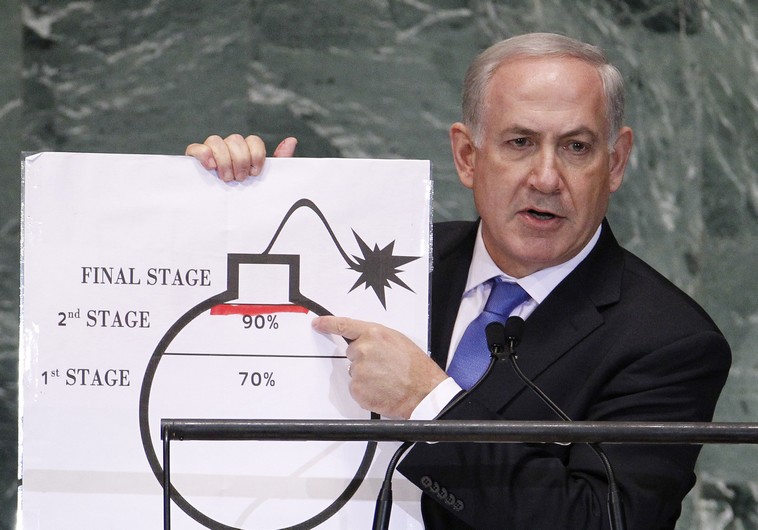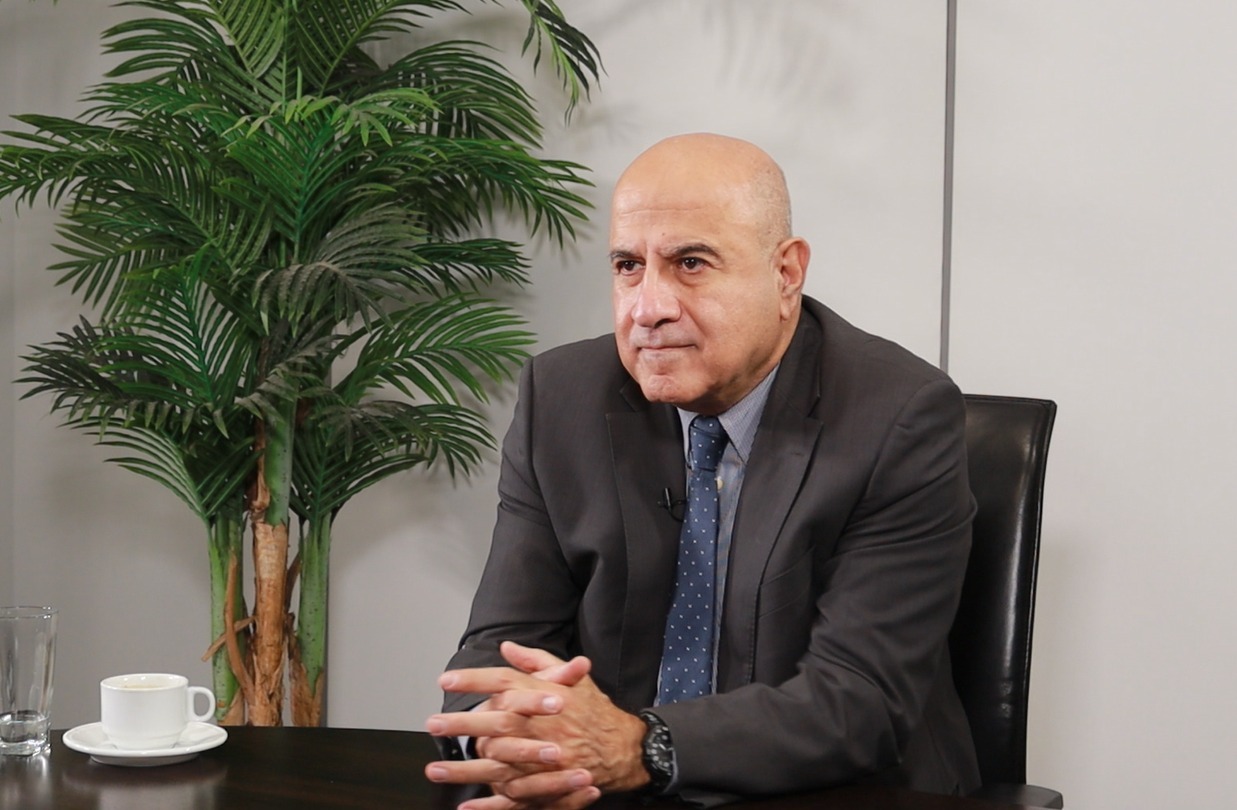Iran’s nuclear sunset: A strategically fatal deal
Friday, 6 March 2015
Majid Rafizadeh/Al Arabiya
The marathon nuclear negotiations are approaching a “historic” stage of potentially entering into a strategically-catastrophic agreement, as the six world powers (known as the P5+1; the United States, United Kingdom, Germany, France, Russia, and China) and Iran are shaping the final nuclear deal with reports of adding a “sunset” clause.
The additional clauses of the final nuclear deal fundamentally move away from what the major key player, the United States, originally demanded at the beginning of the talks.
While the Obama administration attempts to add to its Middle Eastern achievements and project a picture that nuclear talks are progressing, the Iranian nuclear team has managed to obtain an unprecedented level of compromises from the White House, removing crucial restrictions against Iran’s nuclear program, ensuring the lifting of sanctions as well as the ultimate legal right and international legitimacy to become a nuclear threshold state.
The sunset position will ensure that Iran will be a nuclear state after the 10 year period, assuming that Tehran will not covertly violate the rules during the agreement
Majid Rafizadeh
More fundamentally, the objectives of halting Iran’s nuclear program permanently have altered into limiting Iran’s nuclear ambitions for a period of time while removing the sanctions, and ultimately rewarding Tehran with this sunset period.
The sunset clause: The end to non-proliferation
The primary objective of the nuclear talks was to halt Iran’s nuclear program permanently, hence eliminating the possibility of a nuclear arms race in the region, and removing the strategic threat that a nuclear armed Iran might pose in the region through it regional hegemonic ambitions, shifting the balance of power and creating new alliances.
Nevertheless, the Obama administration compromised on the original demand, and accepted a deal which will limit Tehran’s nuclear program for approximately 20 years. However, the Iranian nuclear team was capable of obtaining more compromises. As the Iranian Foreign Minister Javad Zarif told the Council on Foreign Relations, “Let’s establish a mechanism for a number of years. Not 10, not 15 — but I’m willing to live with less.” The U.S. began showing signs to accept the period of 15, 10, or even less years.
More fundamentally, the “sunset” notion will be the most crucial victory that Iran’s Supreme Leader Ayatollah Ali Khamenei and the Rowhani administration have scored in the agreement. The sunset period will allow the Islamic Republic to resume enriching uranium at a level they desire, spin as many advanced centrifuges as they want, make its reactors fully operational, build new heavy water reactors, produce as much fuels as it desires for its reactors, and maintain higher uranium enrichment capability with no restriction after the period of the agreement. In fact, Khamenei needs such an agreement which would allow Iran to enrich uranium, lift the sanctions, and empower Iran simultaneously. After the agreement Iran will be rewarded with an unrestricted industrialized, high level enrichment nuclear program. In the world of geopolitics, 10 or 15 year agreements are considered very brief.
In other words, the sunset position will ensure that Iran will be a nuclear state after the 10 year period, assuming that Tehran will not covertly violate the rules during the agreement.
For example, although U.S. Secretary of State John Kerry pointed out that the Islamic Republic is living up to its commitment with respects to fulfilling the clauses of the Joint Plan of Actions, according to IAEA, Iran still denies providing full access to information and its nuclear sites. Last week, the IAEA reported its concern, stating that the agency “remains concerned about the possible existence in Iran of undisclosed nuclear related activities involving military-related organizations, including activities related to the development of a nuclear payload for a missile.” The IAEA added that it cannot conclude that Iran’s nuclear activities are peaceful and that there are no “undeclared nuclear material and activities in Iran.”
Moreover, one of the conditions of the interim deal stated that Iran should convert any enriched uranium it produces from hexafluoride into oxide after January 20, 2014. Iran has not complied with this provision although the deadline has already passed.
Khamenei’s major victory
What will the Islamic Republic receive if the sunset clause is applied? All the crucial economic sanctions against Iran will be lifted. Iran will join the international community, increasing oil sales and trade. After the final nuclear deal, even some violations of the nuclear deal during the agreement will not halt the European Union, China, and Russia from stepping back in trade with Iran. Ayatollah Khamenei and the ruling clerics will ensure their hold on power and eliminate the economic danger which was causing potential revolutionary unrest. In addition, after the agreement, Iran will be more industrialized, resume its nuclear activities at full speed to become a nuclear threshold state, and can pursue its nuclear ambitions without any limitations. Technologically speaking, after Iran becomes a nuclear threshold state, it is a matter of weeks to covert the materials into weapons grade material. In addition, there is no limitation on Iran’s intercontinental ballistic missile program.
The Obama administration is extremely eager to strike a “historic” nuclear deal to add to its Middle Eastern achievements even though the deal might be strategically fatal. The White House might also believe that Iran will change in the period of 10-15 years becoming more moderate and ultimately a responsible nuclear state.
The argument that Iran’s political system will change dramatically and fundamentally within 10 years is totally unrealistic. The institution of the Iranian state is not only centered on geopolitical, strategic, and economic landscapes, but also on ideological tenets. Even a change in the presidential office, empowerments of the moderates versus the hardliners, and appointment of a new supreme leader are not going to fundamentally alter Iran’s political system and change the ruling cleric’s regional hegemonic ambitions.
In fact, a final nuclear deal with a sunset clause is not “final” but a temporary deal thoroughly rewarding Iran, ensuring nuclear arm race in the region, and further destabilizing the region.




















